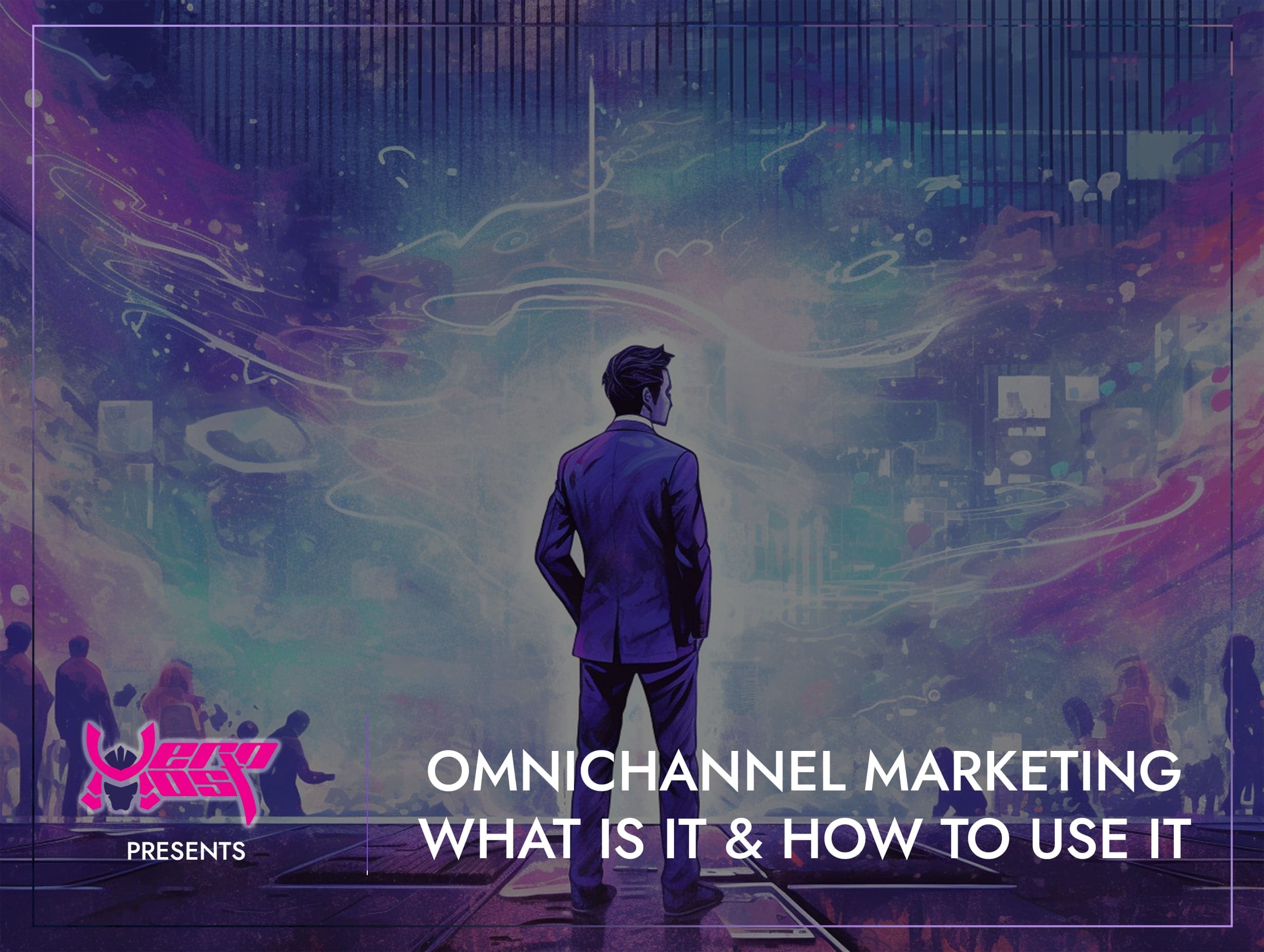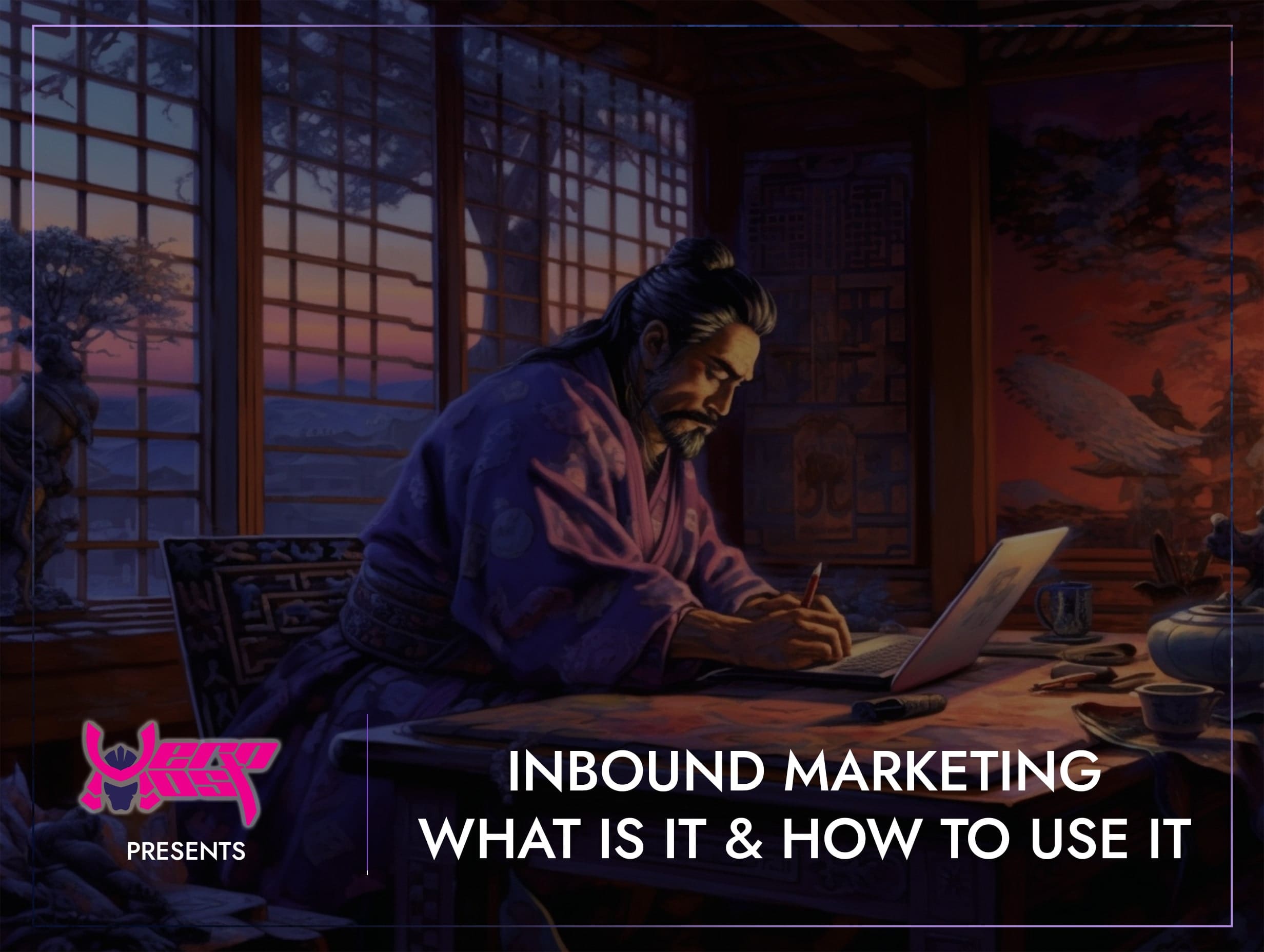Omnichannel Marketing: What Is It And How To Use It
- Home
- Inbound Marketing
- Omnichannel Marketing: What Is It And How To Use It

- Mikey Ryu
- May 31, 2024
- 0
Omnichannel Marketing: What Is It And How To Use It
In an era where customers interact with brands through multiple channels, omnichannel marketing has become essential for delivering a seamless and consistent customer experience. This strategy integrates various marketing channels to provide a unified and personalised journey for consumers. In this blog, we will explore what omnichannel marketing is, how you can use it to your business’s advantage, and the different types of omnichannel marketing strategies.
What is Omnichannel Marketing?
Omnichannel marketing is a comprehensive approach that ensures customers have a seamless and integrated experience across all channels and touchpoints. Whether a customer interacts with your brand through a website, social media, email, in-store, or mobile apps, omnichannel marketing aims to provide a consistent message and a cohesive experience.
The core idea behind omnichannel marketing is to meet customers wherever they are and ensure that their interactions with your brand are smooth and interconnected. This approach goes beyond simply being present on multiple channels; it involves integrating these channels so that the customer experience is continuous and personalised, regardless of how or where they engage with your business.
How Can You Use Omnichannel Marketing For Your Business’s Advantage?
Implementing omnichannel marketing can provide significant benefits for your business. Here’s how you can leverage it:
Enhanced Customer Experience:
By providing a consistent and seamless experience across all channels, you enhance customer satisfaction. Customers can transition smoothly from one channel to another without disruption, leading to a more positive overall experience.
Increased Customer Loyalty:
Consistent and personalised interactions foster a stronger emotional connection with your brand. Satisfied customers are more likely to return and become loyal advocates.
Improved Data Collection:
Omnichannel marketing allows you to gather data from multiple sources, providing a comprehensive view of customer behaviour. This data can be used to refine marketing strategies and personalise customer interactions.
Higher Engagement and Conversion Rates:
A unified approach ensures that your marketing efforts are more cohesive and targeted, leading to higher engagement and better conversion rates. Personalised and relevant messaging across channels can drive more sales.
Competitive Advantage:
Businesses that effectively implement omnichannel marketing stand out from competitors by offering a superior customer experience. This can be a significant differentiator in a crowded market.
Types of Omnichannel Marketing:
There are several types of omnichannel marketing strategies that you can employ to create a cohesive customer experience:
Integrated Digital and Physical Experiences:
Ensure that your online and offline experiences are interconnected. For example, customers should be able to browse products online and pick them up in-store, or return online purchases at a physical location.
Consistent Messaging:
Maintain a consistent brand voice and messaging across all channels. This includes using the same logos, colours, and tone of voice in your emails, social media posts, and in-store promotions.
Personalised Customer Journeys:
Use data collected from various touchpoints to personalise the customer journey. This can include personalised email marketing campaigns, product recommendations based on past purchases, and targeted ads.
Unified Customer Service:
Provide consistent customer support across all channels. Customers should be able to start a conversation on social media, continue it via email, and resolve it in-store without having to repeat their issues.
Mobile Integration:
Ensure that your mobile app or mobile website provides the same level of service and access as your desktop site and physical stores. Mobile experiences should be optimised and fully integrated with other channels.
Loyalty Programs:
Implement loyalty programs that are accessible and consistent across all channels. Customers should be able to earn and redeem points whether they shop online, via mobile, or in-store.
Cross-Channel Promotions:
Run marketing campaigns that leverage multiple channels simultaneously. For example, a promotion could start with an email, continue with social media posts, and conclude with in-store events.
In conclusion, omnichannel marketing is about creating a seamless and integrated customer experience across all touchpoints. By implementing omnichannel strategies, you can enhance customer satisfaction, increase loyalty, and drive higher engagement and conversions. Embrace the power of omnichannel marketing to deliver a superior customer experience and gain a competitive edge in the market.
Search
Categorys
- Branding (12)
- Business Growth Guides (3)
- Business Insights (3)
- Content Marketing (43)
- Domain Authority (19)
- Email Marketing (28)
- Google Analytics & Search Console (5)
- Hack or Not (2)
- Hero Host News (0)
- Inbound Marketing (32)
- Lessons From Asia (40)
- Marketing Guides (11)
- Martial Arts Journey (14)
- Outbound Marketing (8)
- Search Engine Optimisation (SEO) (41)
- Social Media Marketing (38)
- Web Design (20)
- Website Hosting (4)
- Wordpress (2)






